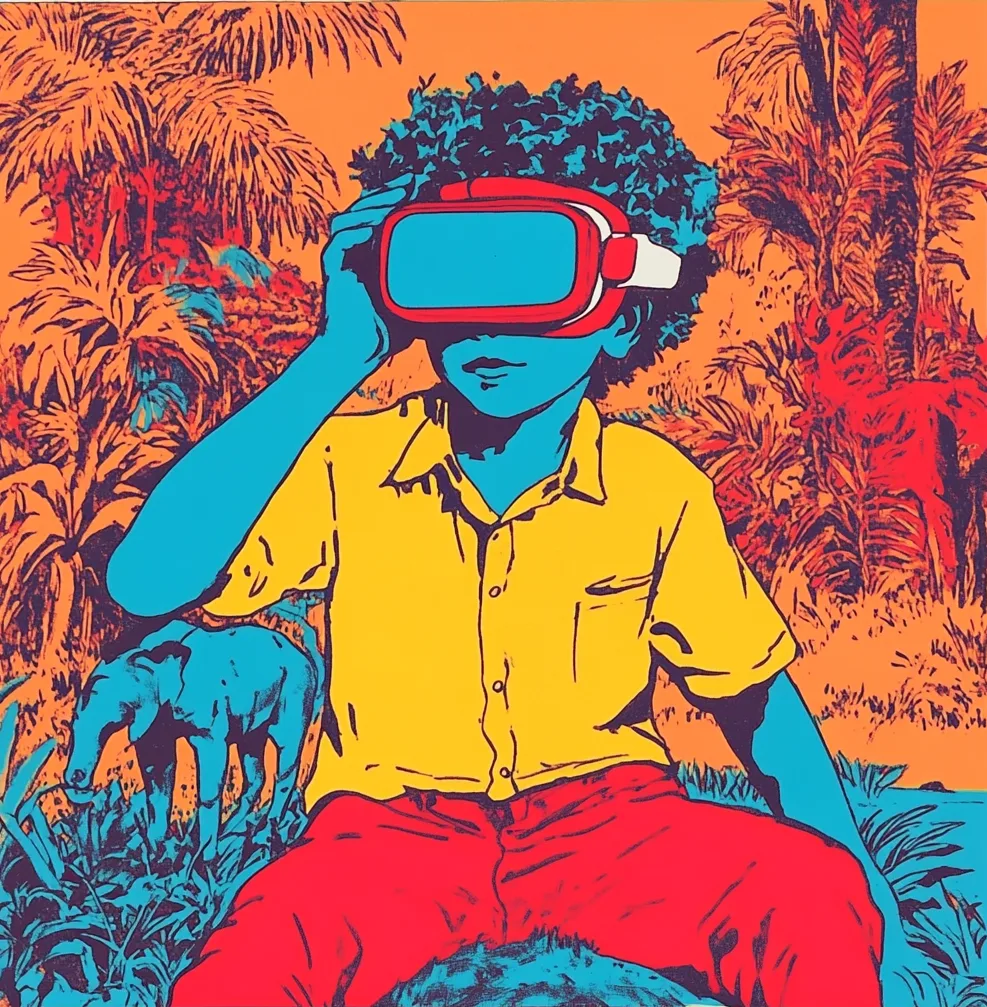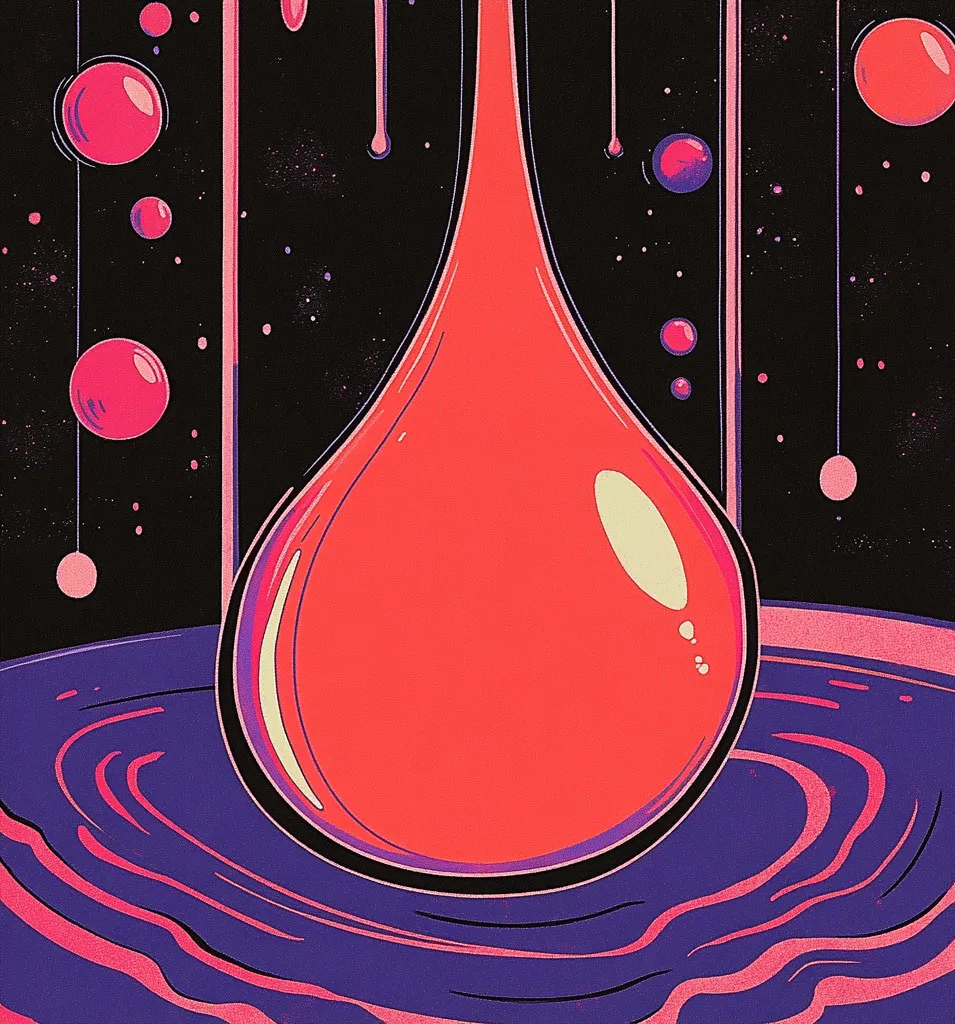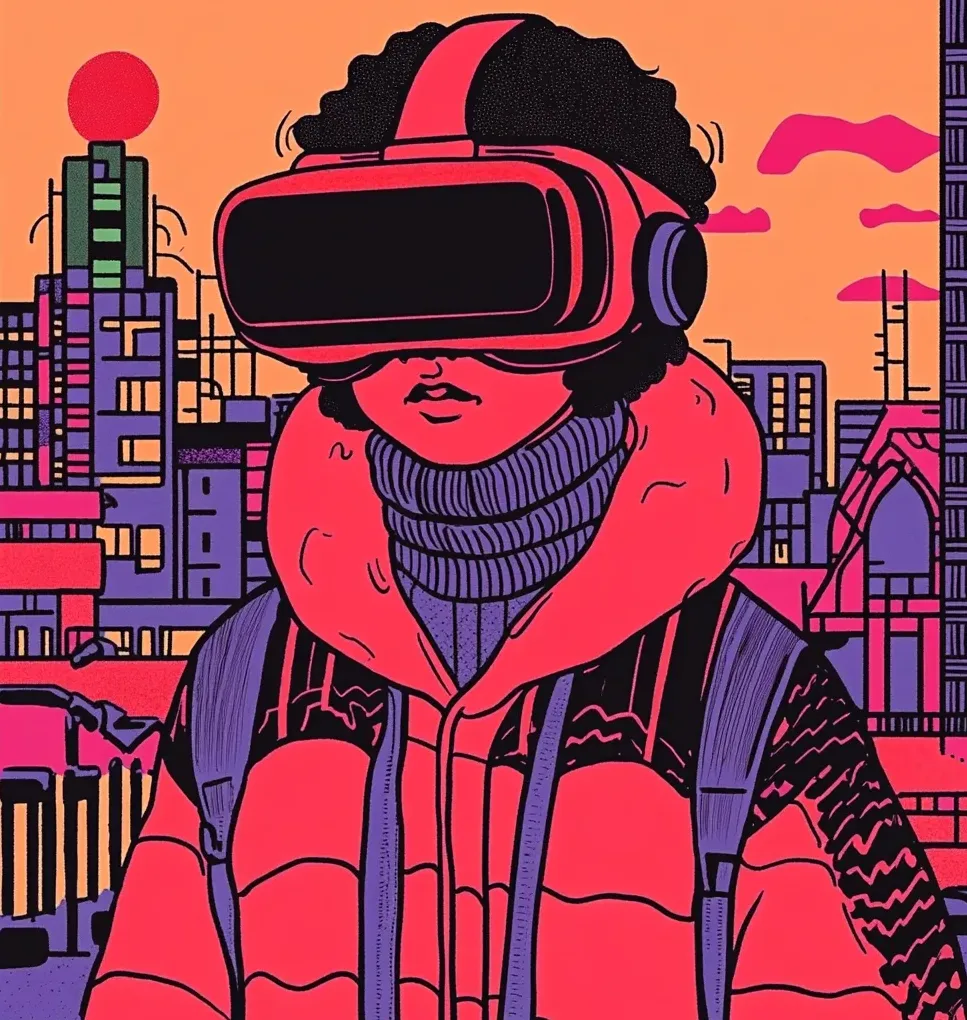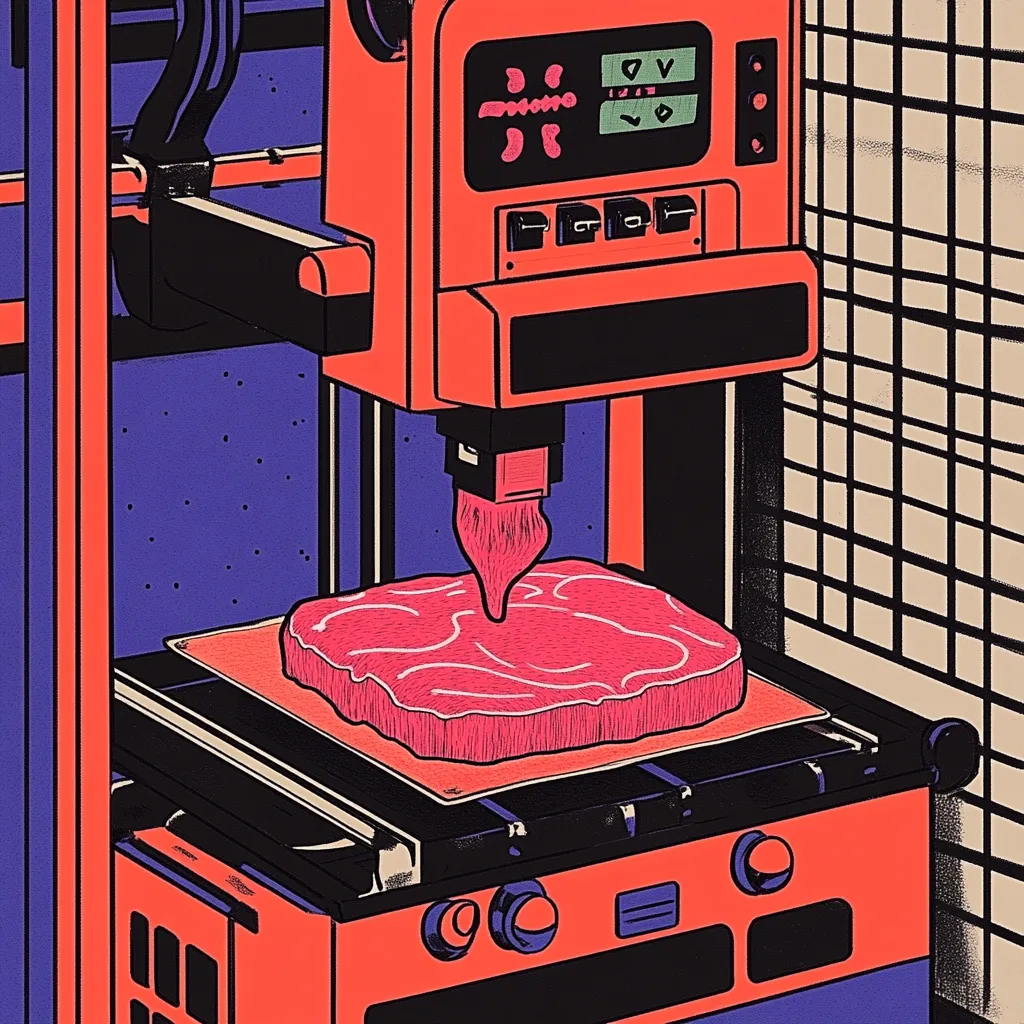
A Symbiotic Future: Reimagining Our Relationship with Innovation and Earth
Undeniably, technology is woven into virtually every thread of modern life. Rather than fight it, we advocate a thoughtful approach, toward a goal of enriching our lives and the planet around us.
The ways in which humans, nature, and technology evolve together are the focus of our next issue, featuring explorations of sustainable innovation, smart green spaces, and breakthroughs using quantum chemistry. We’ll argue ethical dilemmas like gene-edited crops and lab-grown foods, and celebrate ways in which technology fosters inclusivity.
Taken together, these stories offer a snapshot of a potential roadmap for a collaborative future that benefits both the people and the planet.

A Symbiotic Future: Reimagining Our Relationship with Innovation and Earth
Quantum Chemistry Meets the Global Water Crisis
Clean water is a fundamental human right—yet 2 billion people live without it.
Xatoms intends to bring that number down to zero with a revolutionary approach that combines AI and quantum chemistry to design advanced photocatalytic structures. These innovations have the potential to redefine water purification by making it more accessible and cost-effective. This article weaves together the groundbreaking work of Xatoms with stories of real communities that suffer from water scarcity. By exploring the challenges they face and the solutions in development, we underscore the critical need for innovation and collaboration to create a future where clean water is within reach for all.

A Symbiotic Future: Reimagining Our Relationship with Innovation and Earth
Smart Green Spaces: The Heart of Future Cities
Urban centers in a post-pandemic world face myriad challenges, from shifting populations to resource conservation, labor, and housing shortages.
This piece will examine multiple smart city technologies that are in development to address these issues in real, tangible ways. We’ll also look at tech that supports biodiversity, conserves water, and cleans the air, as well as companies innovating in this sector, including ClearWorld, Platio, and others.

A Symbiotic Future: Reimagining Our Relationship with Innovation and Earth
The Healthcare Gender Gap: Women Left Behind
For decades, women’s healthcare has lagged behind, mired in outdated practices and insufficient research. This article sheds light on the critical gaps: birthing technology has seen minimal innovation since the epidural was introduced, and perimenopause and menstrual health remain underfunded and misunderstood.
We delve into the structural issues that perpetuate this gender gap in healthcare and highlight stories of resilience from women advocating for better care. We also celebrate innovators like Juno Technologies, whose compact, wireless menstrual pain relief device exemplifies the possibilities for change. This article calls for a reevaluation of priorities, urging the healthcare industry to address the unique needs of half the population.

A Symbiotic Future: Reimagining Our Relationship with Innovation and Earth
Future Classrooms: Merging VR and Nature for an Inclusive Education
This article explores how VR and online platforms make nature education more inclusive for students with disabilities or those in geographically isolated areas. Programs like EcoVR and Virtual EcoExpeditions allow students to access natural environments they might never experience otherwise. Educators share insights on how these tools are reducing barriers to learning while sparking an interest in conservation.
The article will also delve into concerns about screen time, the need for teacher training, and ensuring equity in access to technology.

A Symbiotic Future: Reimagining Our Relationship with Innovation and Earth
Biomimicry: Innovation Rooted in Nature
What if the solutions to humanity’s greatest challenges were hidden in plain sight?
Biomimicry looks to nature’s 3.8 billion years of research and development to inspire technological breakthroughs. This article explores how designs like WhalePower wind turbines—modeled after humpback whale flippers—are making energy generation more efficient and sustainable. We also explore the broader applications of biomimicry, from termite-inspired architecture to shark-skin antimicrobial surfaces to desert beetles influencing water-harvesting technology.
These innovations demonstrate how harmonizing human ingenuity with nature’s wisdom can pave the way for a sustainable and symbiotic future.

A Symbiotic Future: Reimagining Our Relationship with Innovation and Earth
Science or Nature? Navigating the Future of Food and Medicine
As the world grapples with challenges in food and healthcare, cutting-edge technologies like lab-grown cannabinoids, synthetic meat, gene-edited crops, and engineered nutrients promise transformative solutions. But does innovation mean leaving nature behind?
Critics warn of hidden costs like dwindling biodiversity, ethical quandaries, ecological risks, and a growing alienation from the natural world. Scientists and innovators argue that engineered food production can benefit resource-constrained communities. We’ll look at both sides in this article, giving each camp an opportunity to argue their case.

A Symbiotic Future: Reimagining Our Relationship with Innovation and Earth
Technology and Togetherness: A New Era of Community Building
As digital connectivity grows, so does the challenge of fostering genuine human relationships.
This article explores the evolving role of community in promoting mental well-being and reducing loneliness. It features Hello Yello’s in-person events, which cultivate inclusivity and forge lasting connections, and The Human Library’s unique approach to storytelling that fosters empathy and understanding. The article presents a hopeful vision for blending technology and in-person interaction, showcasing actionable ways readers can contribute to stronger, more inclusive communities.